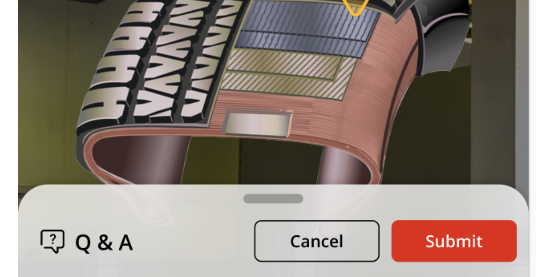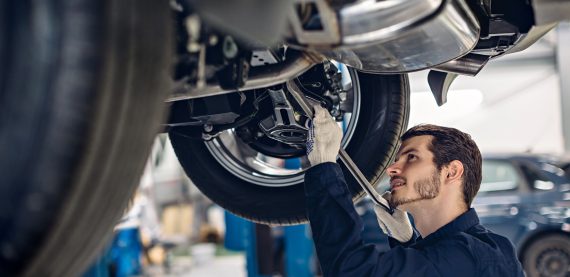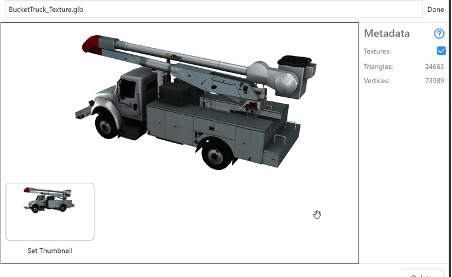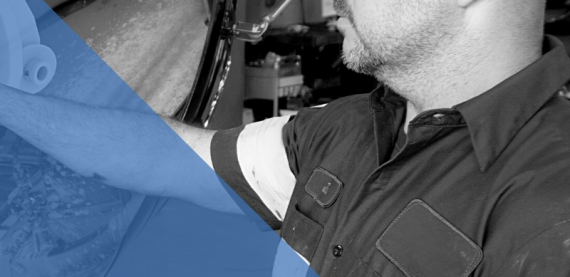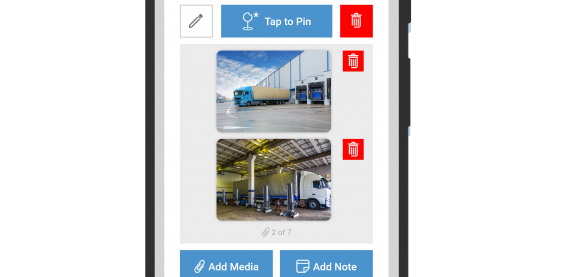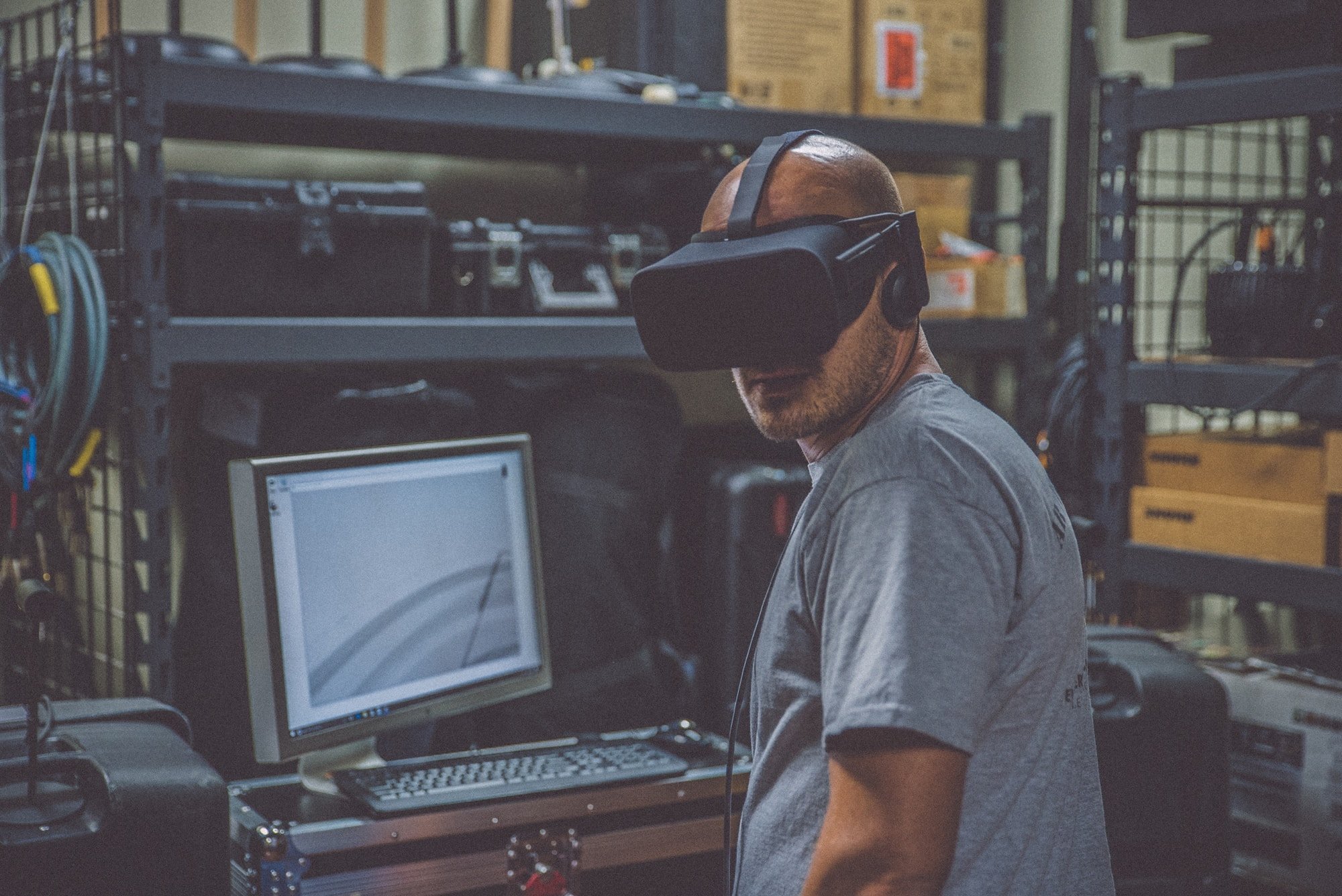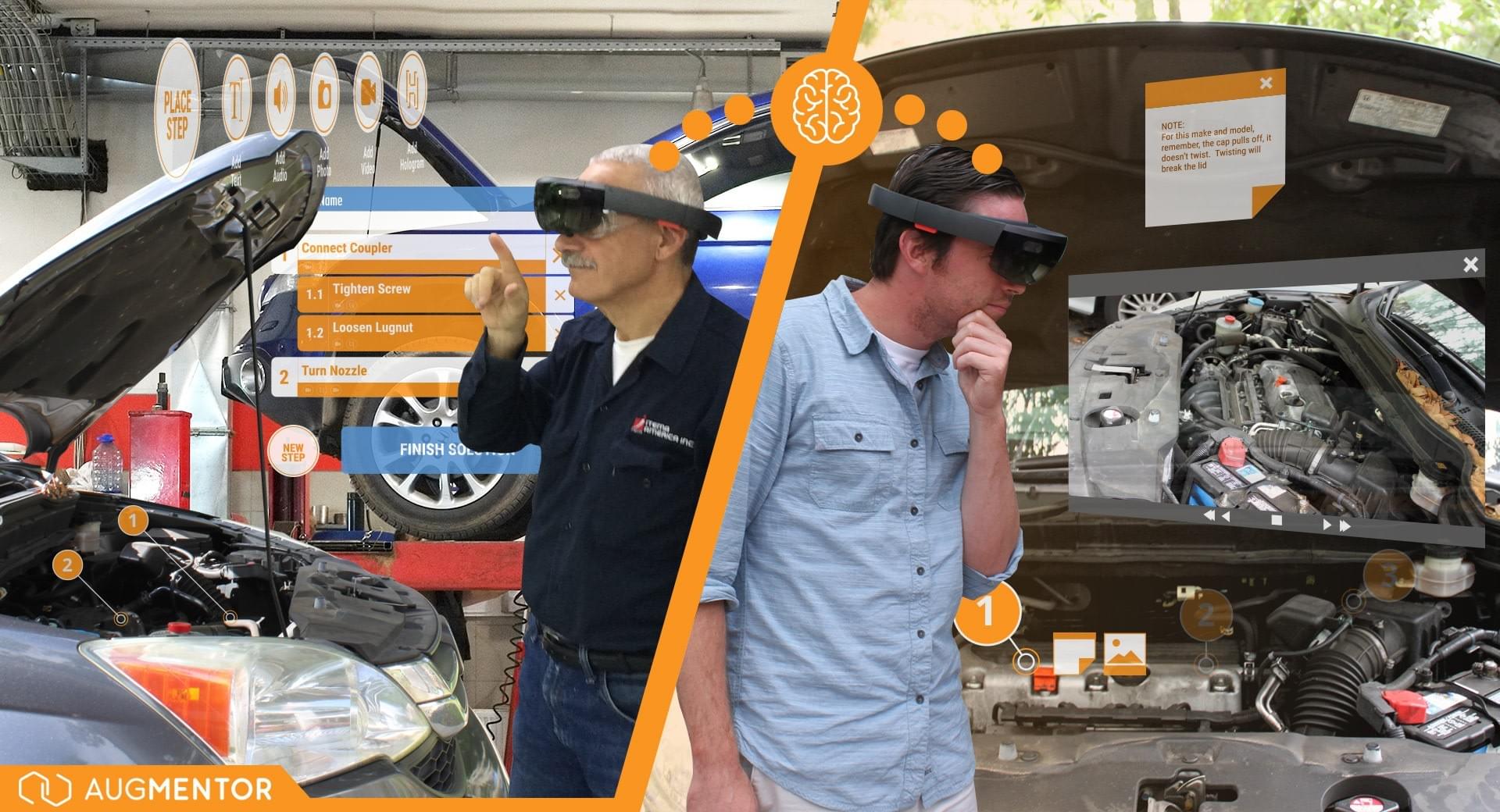The increasing demand for Augmented Reality (AR) in various industries has proven to be a major driver for market growth. Experts have stated that we can expect to see a market growth of 41.7% from 2022 to 2025. (Grand View Research, 2021). For this reason, organizations are seeking out how to utilize augmented reality to train technicians to help reduce the time it takes to perform brake service on a heavy-duty truck by providing hands-on, interactive training experiences.
Brakes are a common part that technicians of all experience levels are expected to service. Whether you are a Tech 3 or a Tech 1 you will likely play a role in preventive maintenance, inspections or repair and replace activities. Brakes are also a common part review early in technical school, requiring students to learn components, basic assembly and disassembly and ultimately the relationship of the brake to other vehicle maintenance issues. With the introduction of augmented reality training software solutions like XRMentor®, organizations are starting to turn to AR platforms to help train technicians on how to conduct basic to advanced level brake maintenance procedures.
Below we’ve pulled together the Top 5 Reasons to Utilized AR to Train Technicians to Service Breaks
Visualization of brake components

AR can be used to overlay virtual images of brake components onto real-life brake systems showing examples of typical or atypical wear. This can help technicians understand the layout and function of the brake system more effectively, reducing the time it takes to make decisions as they learn how to perform brake service.
Step-by-step guidance
AR can provide technicians with heads up, hands free step-by-step guidance on how to perform brake service, including instructions and animations or videos that demonstrate the proper techniques. This can help technicians to learn the process more quickly and reduce the risk of errors.
Interactive simulations
AR can be used to create interactive simulations of brake service procedures, allowing technicians to practice performing the service in a safe and controlled environment, such as a training facility. This can help technicians to develop their skills and confidence more quickly.
Remote assistance

AR can also be used to provide remote assistance to technicians, allowing experts to guide them through the brake service process remotely by providing instructions and answering questions in real-time. This can help technicians to learn more quickly and can also reduce the need for costly on-site training or travel.
Real-time feedback
AR can provide real-time feedback to technicians, allowing them to see the results of their actions and correct any mistakes before they cause any damage. This can help technicians to learn more quickly and can also reduce the risk of errors.
Overall, AR technology can be a valuable tool for reducing the time it takes for technicians to learn how to perform brake service on a heavy-duty truck. By providing hands-on, interactive training experiences, AR can help technicians to understand the brake system more effectively and develop their skills more quickly, ultimately reducing the time it takes for them to become proficient at performing brake service.





